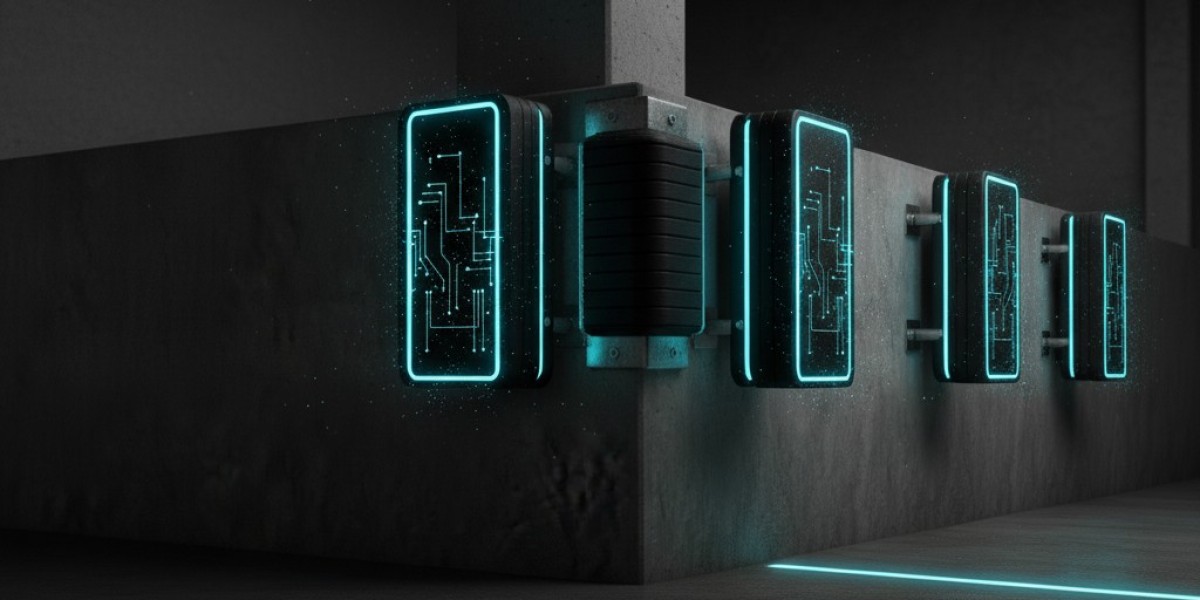When it comes to ensuring the safety and longevity of loading docks, choosing the right dock bumpers is one of the most important decisions a facility manager can make. Docks are high-impact zones where trucks, forklifts, pallets, and heavy equipment move constantly. With so much activity and force concentrated in a single area, it’s no surprise that docks take a beating—often leading to costly damage, operational delays, and safety hazards. Reliable dock protection starts with high-quality dock bumpers engineered to withstand the toughest hits.
Why Dock Bumpers Matter
Dock bumpers play a crucial role in absorbing impact when trucks back into loading bays.Warehouse safety equipment Without them, the building structure, vehicle trailers, and loading equipment would face significant wear and tear. Over time, even minor repeated impacts can lead to cracked foundations, bent steel, damaged dock levelers, and costly repairs. In severe cases, misalignment or dock collapse can put workers at risk.
High-performance dock bumpers prevent these problems by:
Absorbing and redistributing impact energy
Reducing strain on dock levelers and seals
Minimizing vehicle damage
Preventing building structural harm
Ensuring smooth, safe docking procedures
When dock bumpers fail—or when low-quality bumpers degrade too quickly—operations become vulnerable to both safety and financial risks.
What Makes a Dock Bumper “Reliable”?
Not all dock bumpers are created equal. While basic bumpers might offer short-term protection, reliable dock bumpers are designed for long-term performance, especially in high-duty environments. The following features set dependable bumpers apart:
1. Durability in Harsh Conditions
Industrial loading docks face harsh conditions daily—UV exposure, moisture, chemicals, temperature changes, and constant friction. Quality bumpers must maintain resilience through all these challenges. Materials such as laminated rubber, molded rubber, and steel-reinforced designs offer superior durability.
2. Compression Resistance
A reliable bumper should compress under impact yet return to its original shape without cracking or deforming. Laminated rubber, made from recycled tire pieces, provides excellent impact absorption while maintaining structural integrity.
3. Corrosion-Resistant Hardware
The best bumpers include galvanized or stainless steel mounting plates and hardware that resist rust, preventing weakening over time.
4. Thick, Reinforced Construction
The more robust the construction, the better the bumper can shrug off repeated hits. Heavy-duty bumpers are thicker, denser, and often include steel reinforcement to prevent internal shifting.
5. Easy Installation and Replacement
Reliable dock bumpers should be easy to install and maintain. Removable anchor systems, modular components, and standard size options help reduce downtime when bumpers eventually need replacement.
Types of Dock Bumpers Built for Tough Impacts
Different loading operations require different bumper designs. Below are the most common heavy-duty options engineered to withstand extreme conditions.
Laminated Dock Bumpers
These are the industry standard for tough environments. Made from recycled tire pads compressed between steel plates, laminated bumpers offer exceptional energy absorption and long service life. They’re ideal for high-traffic docks where trucks make repeated contact throughout the day.
Molded Rubber Bumpers
These bumpers are manufactured using high-density rubber molded into a solid block. They provide reliable protection at a lower cost and are well-suited for medium-duty applications. Molded bumpers resist weathering and are easy to replace.
Extruded Rubber Bumpers
Typically used on walls, forklifts, and internal dock structures, extruded bumpers offer lightweight but durable impact protection. They are great for areas with frequent minor impacts or scraping.
Steel-Faced Dock Bumpers
For the toughest conditions—such as docks exposed to heavy, continuous impact—steel-faced bumpers are the ultimate choice. These units combine laminated rubber with a sliding steel plate on the front, allowing trailers to grind or scrape against the steel without damaging the bumper.
How Dock Bumpers Improve Safety and Efficiency
Reliable dock bumpers don’t just prevent damage—they enhance the overall efficiency and safety of operations.
1. Preventing Misalignment and Injuries
When a truck backs into a dock too forcefully or sits unevenly, it can cause misalignment with dock levelers. This increases the risk of slips, equipment tipping, and operator injuries. High-quality bumpers help ensure a smooth connection.
2. Protecting Equipment Investments
Dock levelers, seals, shelters, and overhead doors are significant financial investments. Dock bumpers act as the first line of defense, protecting these components from impact damage and premature wear.
3. Reducing Maintenance Costs
Reliable bumpers mean fewer repairs, less downtime, and long-term cost savings. Their durability extends the lifespan of the entire dock infrastructure.
4. Supporting a Safer Work Environment
When docks are protected, employees face fewer hazards. A safer workspace leads to better productivity and fewer accidents.
Choosing the Right Dock Bumper for Your Operation
Selecting the best bumper depends on your dock’s specific needs. Consider:
Traffic volume (How many trucks per day?)
Impact intensity (Light, moderate, or heavy-duty?)
Dock height and trailer style
Environmental exposure
Budget and maintenance preferences
Working with professionals can help you determine the ideal bumper type, size, and configuration.
Final Thoughts
Reliable dock protection starts with dock bumpers built to withstand the toughest hits. By investing in high-quality, heavy-duty bumpers, businesses can safeguard their docks, reduce maintenance costs, and maintain safer, more efficient operations. Whether you choose laminated, molded, or steel-faced designs, opting for durability and performance ensures your dock stays protected year after year.







